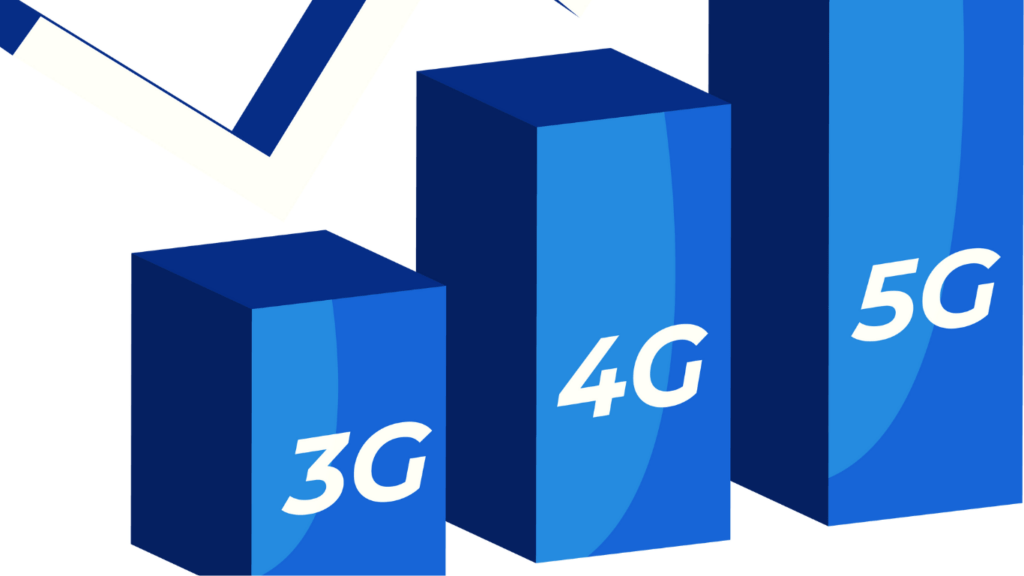Understanding 5G Technology
5G technology revolutionizes connectivity, especially in the automotive industry. It promises faster speeds, lower latency, and improved network efficiency, creating a robust platform for connected cars.
Key Features of 5G
5G boasts multiple key features that enhance the connected car experience:
- Ultra-Fast Speeds: 5G offers data transfer rates up to 10 Gbps, enabling seamless streaming and faster software updates. For instance, downloading high-definition maps is almost instantaneous.
- Low Latency: With latency as low as 1 millisecond, 5G minimizes delays, crucial for real-time applications like autonomous driving and collision avoidance systems.
- High Reliability: 5G networks provide reliable connections, ensuring consistent communication between vehicles and infrastructure, which is essential for safety features.
- Massive Device Connectivity: Supporting up to 1 million devices per square kilometer, 5G accommodates numerous connected cars in urban areas.
- Enhanced Bandwidth: Increased bandwidth allows more data to be transmitted simultaneously, essential for high-definition video streaming and real-time analytics.
Comparison with 4G
Comparing 5G with 4G highlights significant advancements:
- Speed: While 4G offers speeds up to 1 Gbps, 5G’s maximum is 10 Gbps, making it 10 times faster, directly impacting data usage in connected cars.
- Latency: 4G networks experience latency around 50 milliseconds. In contrast, 5G reduces this to 1 millisecond, which is crucial for immediate response in smart car systems.
- Connectivity: 4G supports about 4,000 devices per square kilometer, while 5G can handle 1 million, making it vastly superior for densely populated areas.
- Efficiency: 5G uses advanced antenna technology and network slicing, which provide more efficient and flexible network management compared to 4G.
These shifts in technology highlight how 5G enhances the connected car experience, paving the way for advanced automotive technologies and safer, more efficient driving.
Evolution of Connected Cars
Connected cars have evolved significantly with advancements in technology, especially with the introduction of 5G. Let’s explore the early phases of connected car technologies and the pivotal role of the Internet of Things (IoT) in this evolution.
Early Connected Car Technologies
Early connected car technologies focused primarily on in-car navigation and entertainment systems. Automakers integrated GPS for real-time navigation and media players for entertainment, enhancing the driving experience. Though these technologies improved convenience, they lacked real-time data exchange capabilities.
Some early solutions utilized 2G and 3G networks for basic functionalities like emergency call services and simple diagnostics. For instance, BMW’s early “ConnectedDrive” offered navigation and basic telematics using 2G.
The Role of IoT in Connected Cars
The Internet of Things (IoT) transformed connected car capabilities by enabling seamless data communication between vehicles and external devices. IoT allows cars to collect, process, and share data with surrounding infrastructure, other vehicles, and even home automation systems.
Modern connected vehicles use IoT sensors for various purposes. For example:
- Diagnostic Sensors: Monitor and report vehicle health.
- Safety Sensors: Enable features like lane-keeping assistance and collision avoidance.
- Environmental Sensors: Gather data on weather and road conditions.
Additionally, IoT connectivity supports over-the-air (OTA) updates, ensuring that vehicle systems stay updated with the latest software enhancements and security patches. This constant communication and data exchange create a comprehensive ecosystem, enhancing vehicle performance, safety, and efficiency.
Impact of 5G on Connectivity

5G technology is revolutionizing connectivity aspects within connected cars. It enhances communication speed and reduces latency, resulting in significant benefits.
Enhanced Communication Speed
5G offers ultra-fast communication speeds, reaching up to 10 Gbps. This speed is pivotal for real-time data transmission in connected cars. Vehicles can access and process large amounts of data swiftly. For example, maps and traffic updates download instantly, enabling real-time route adjustments. These speedy communications also facilitate streaming services, offering passengers an enhanced entertainment experience. Drivers and passengers benefit from seamless in-car connectivity that wasn’t feasible with previous 4G technology.
Reduced Latency and Its Benefits
5G’s low latency, approximately 1 millisecond, creates a near-instant response time. This quick response is critical for safety applications. Real-time data exchange aids features like collision avoidance systems and vehicle-to-vehicle (V2V) communication. For instance, a car can rapidly communicate its position to nearby vehicles, preventing potential accidents. Reduced latency ensures that autonomous driving systems receive and process sensory data without delay, enhancing overall system accuracy and safety. Lower latency improves the reliability and performance of connected car applications, ensuring smooth and efficient operations.
Safety and Autonomous Driving
5G technology is revolutionizing safety and autonomous driving. Enhanced data speeds and low latency enable cars to make split-second decisions with remarkable precision.
Advanced Driver Assistance Systems (ADAS)
5G is enhancing ADAS by reducing response times and improving accuracy. Faster data speeds allow real-time processing of information from sensors and cameras. For example, systems like adaptive cruise control and lane-keeping assistance now react faster to sudden changes on the road. Low latency means these systems can process and act upon data almost instantaneously, significantly reducing the risk of accidents.
Improving Vehicle-to-Everything (V2X) Communication
Enhanced V2X communication is a major benefit of 5G technology. Cars can now communicate with traffic signals, road signs, and other vehicles more efficiently. For instance, vehicle-to-vehicle (V2V) communication allows cars to share information about speed and position, helping to avoid collisions. Vehicle-to-infrastructure (V2I) interaction helps optimize traffic flow by adjusting traffic signals based on real-time data. This comprehensive data exchange enhances overall traffic safety and efficiency.
Innovations in In-Car Entertainment
5G is set to revolutionize in-car entertainment, bringing unparalleled connectivity and performance.
Streaming and Real-Time Services
5G enables high-definition video streaming with zero buffering. Passengers can enjoy movies, TV shows, and live events seamlessly. Real-time services like video calls or online gaming become possible without interruptions. This capability turns long drives into opportunities for entertainment and engagement.
Enhanced Navigation and Infotainment Systems
Navigation systems benefit immensely from 5G. Maps update in real-time, reflecting the latest traffic conditions and suggesting optimal routes. Infotainment systems can download content swiftly, provide enhanced voice controls, and offer cloud-based services. Integration with smart home devices allows passengers to control home appliances from the car, making journeys both productive and enjoyable.
Challenges and Considerations
While 5G technology brings numerous advantages to connected cars, it’s essential to address the challenges and considerations that accompany its adoption.
Infrastructure Requirements
Deploying 5G for connected cars demands extensive infrastructure. Cellular towers need upgrading or replacement to support 5G’s higher frequencies, and additional small cells must be deployed to ensure consistent coverage. Urban areas might adapt more quickly due to existing infrastructure, but rural areas could face delays. The integration requires coordination among various stakeholders, including government agencies, telecom providers, and automotive manufacturers, to ensure seamless implementation.
Privacy and Security Concerns
Enhancing connected car experiences with 5G introduces privacy and security challenges. High-speed data transfer increases the risk of cyberattacks and unauthorized access. Protecting user data requires robust encryption and continuous monitoring of network vulnerabilities. Additionally, transparency in data usage is crucial to maintain trust. Regulatory frameworks must evolve to address these issues, and manufacturers must prioritize cybersecurity in their designs to safeguard personal information and ensure vehicle safety.




